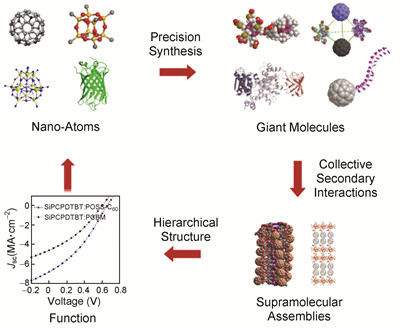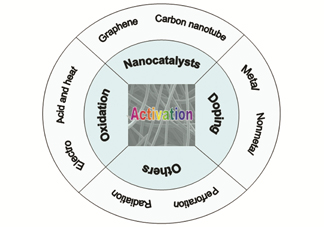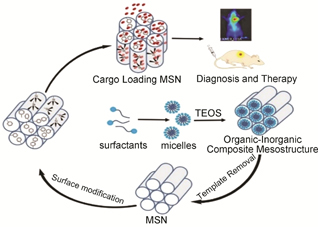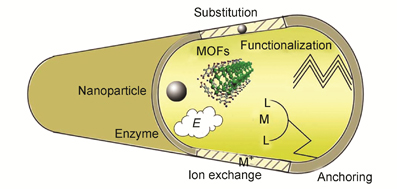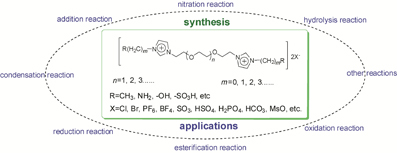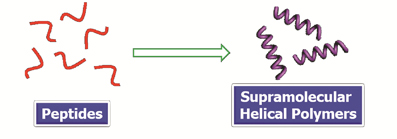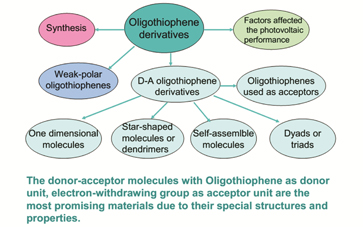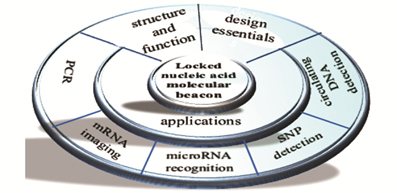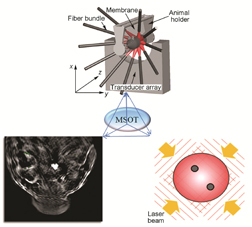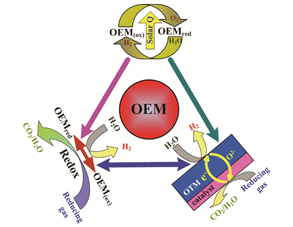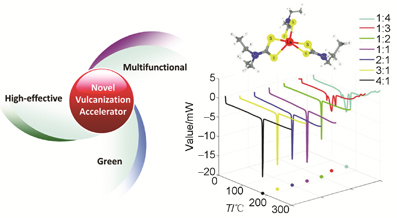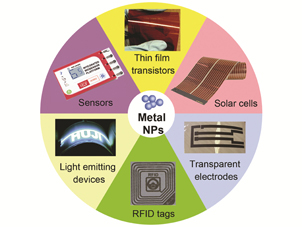Liu Yingya, Fan Xiao, Li Yanyan, Qu Lulu, Qin Haiyue, Cao Yingnan, Li Haitao. Multispectral Photoacoustic Tomography and Its Development in Biomedical Application[J]. Progress in Chemistry, 2015, 27(10): 1459-1469.
Abstract
Multispectral photoacoustic tomography is one of the macroscopic observation methods combining multispectral imaging with photoacoustic computed tomography (PACT) technology. Based on the specific spectral absorption characteristics of different biological tissue, the technology illuminates the tissue with multiple sets of short pulse laser of different wavelengths to produce tissue-specific photoacoustic signal for better photoacoustic imaging and component identification. MSOT combines the high sensitivity and resolution of optical imaging with the ability of the several centimeters deep-tissue imaging by ultrasound imaging, while compensated for the depth limitation of optical imaging and the low contrast of ultrasound imaging. Thus it enables noninvasive real-time imaging in the deep tissue with high-resolution and high-contrast, large penetration depths. Over the last years, MSOT has been applied to detecting the light-absorbing particles within the tumor, evaluating vascular structures and blood oxygenation, imaging the biological fluorescent protein and preliminary studies on the breast cancer patients. With the continuous improvement of photoacoustic imaging system, multispectral photoacoustic imaging technology combined with biomarkers (such as fluorescent reagents, gold particles, etc.) has vast applications in biomedical field, especially to molecular imaging in vivo. In this paper, we gives a brief count of the imaging principle, experimental setup and the performance characteristics of MOST. Furthermore, we mainly summarizes the progress of its latest applications in the biomedical field, particularly in the angiogenesis imaging, early diagnosis of cancer and tumors in situ imaging.
Contents
1 Introduction
2 Photoacoustic imaging technology
2.1 Principle of operation
2.2 Classification of photoacoustic imaging
3 Multispectral photoacoustic tomography
3.1 MSOT experimental setup
3.2 Exogenous contrast agents
3.3 Performance characteristics
4 Advantages and challenges of MSOT
5 Applications of MSOT in biomedicine
5.1 Real-time monitoring of neovascularization
5.2 Early diagnosis of cancer
5.3 Targeting tumor imaging
6 Conclusion and outlook









